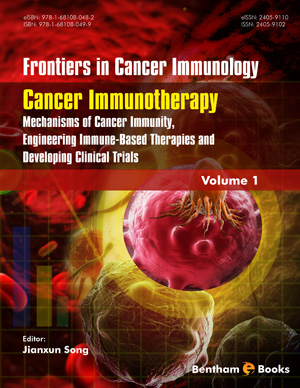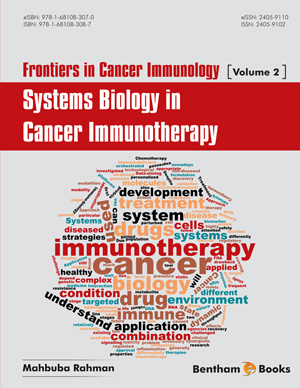Abstract
Precision oncology refers to personalized or precise oncological care for
each patient based on their biomarkers, gene sequencing profile, and disease /receptorspecific
imaging status. Precision oncology through theranostics is derived from a
diagnostic tool that helps identify a therapeutic tool for a specific disease. In Nuclear
Medicine, a radioisotope with suitable imaging characteristics or a tracer labeled ligand
is fired to a particular target on a cancer cell. After identification of the target, it is
labeled with a tracer having therapeutic characteristics labeled with the same ligand to
target the disease. The theragnostic concept was first used in 1964 to treat thyroid
cancer with radioiodine I-131 (RAI). With the passage of time, this concept has been
refined, and more theragnostic pairs have been added successfully for clinical use.
The growth of the theragnostic in India is parallel to the west with the availability of
indigenous radiotracers like Lu-177 and others, available from the reactors of Bhabha
Atomic Research Centre (BARC). The peptides like DOTATATE and PSMA are also
available in a ready-to-use labeled form with an excellent tradesmanship by BARC and
Board of Radiation and Isotope Technology (BRIT) We, in India, perform radionuclide
therapies for neuroendocrine tumors (NET) and metastatic castration-resistant prostate
cancer (mCRPC) regularly. The main constraints about this concept are the cost of
treatment and awareness among the clinicians. These are gradually being taken care of
by the private health insurance and our participation in disease management group and
tumor board meetings. The theragnostic concept has become quite popular over the
years and has the potential for further and rapid sustained growth. This article is a
living tribute to Prof Kalevi Kairemo, who has a tremendous research interest in radiotargeting
and molecular radiotherapy.
Keywords: Constraints, Current Status, History, India, Prof Kalevi Kairemo, Theragnostics.



















